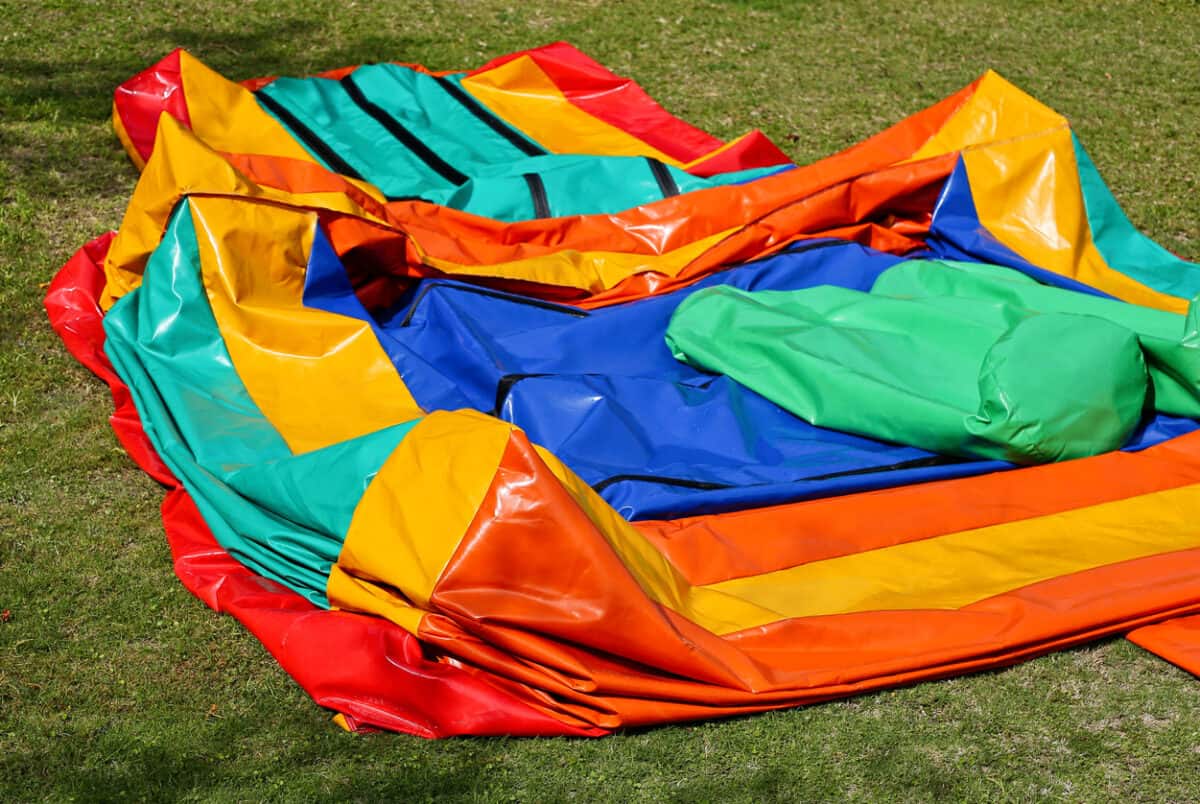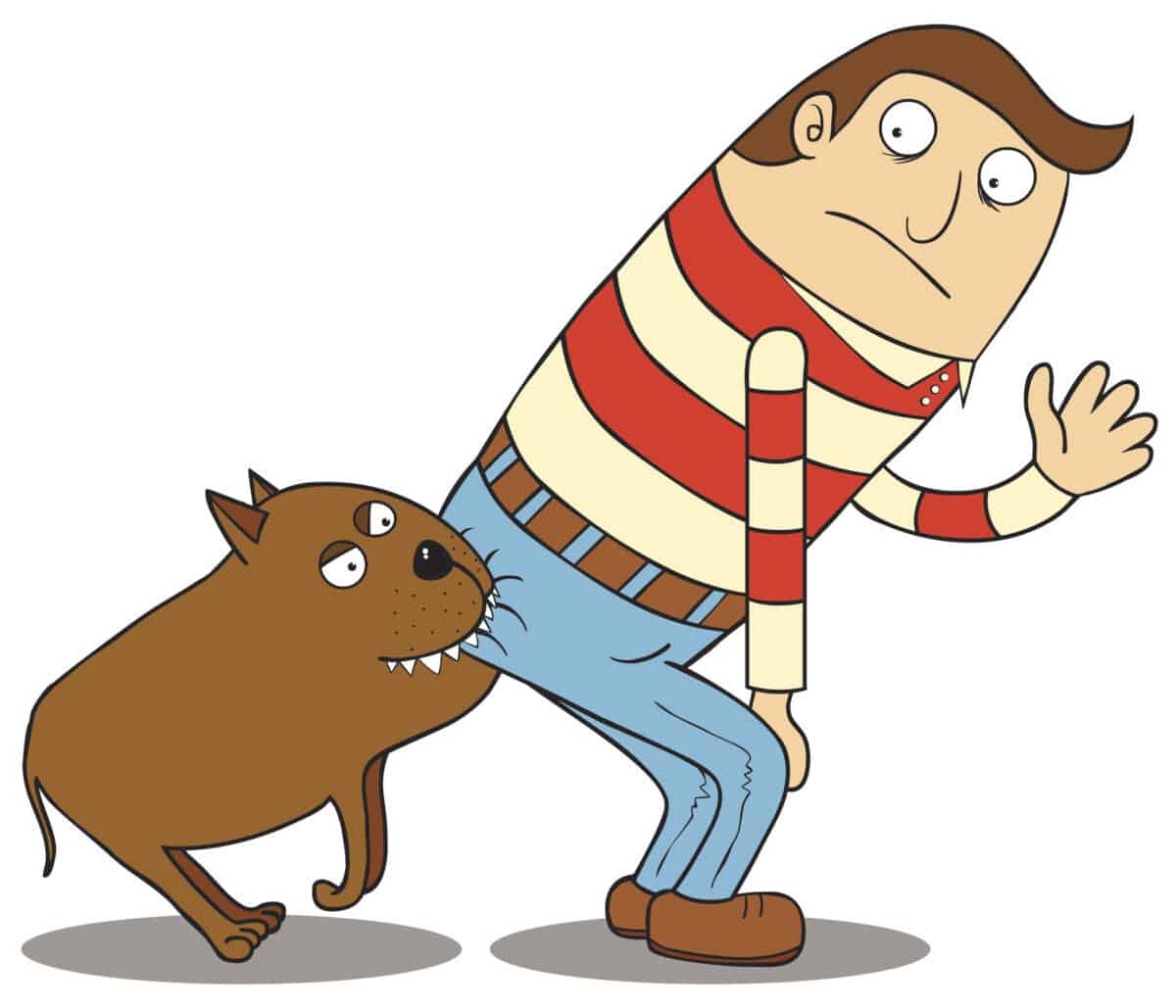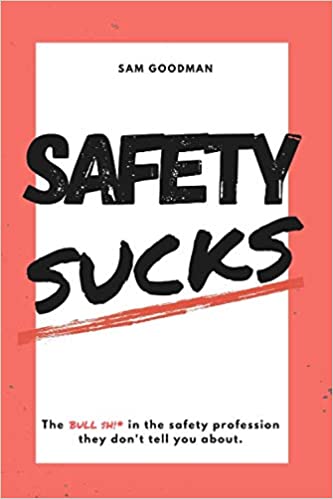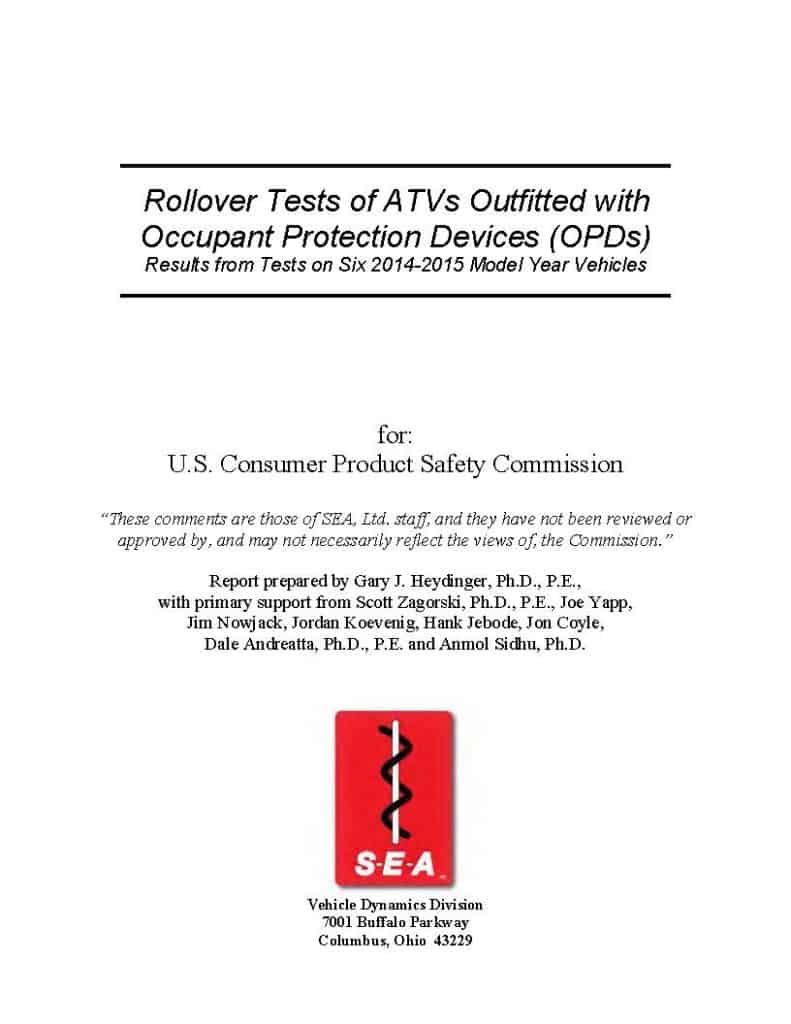Earlier this month, SAI Global issued a media release headlined
“1 in 2 organisations don’t meet State industrial manslaughter laws, new executive survey finds – Plus, seven tips for executives to prepare their organisation to meet the laws”
This was based on internal research compiled in their “2021 Australian Business
Assurance Report” (not publicly available). SAI Global’s headline findings from the report are
- “45% of executives not confident their organisations meet industrial manslaughter laws
- Senior leaders do not have OHS responsibilities in 33% of organisations
- Businesses will put 62% more budget, resources and people toward OHS”
There were several odd statements in the report about which SafetyAtWorkBlog sought clarification, particularly about Industrial Manslaughter. SAI Global’s workplace safety expert Saeid Nikdel responded.





